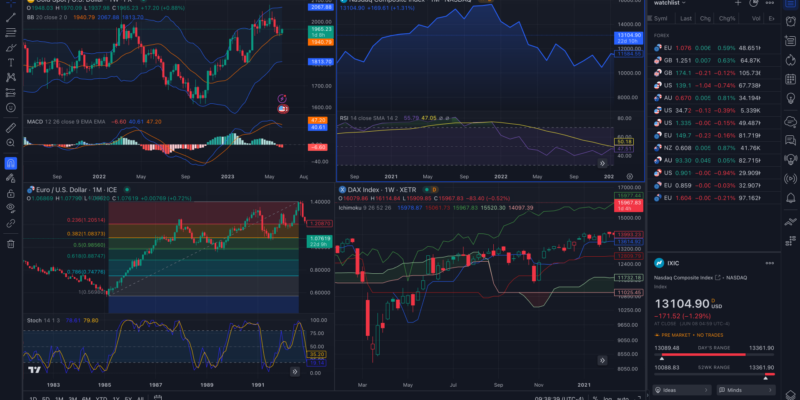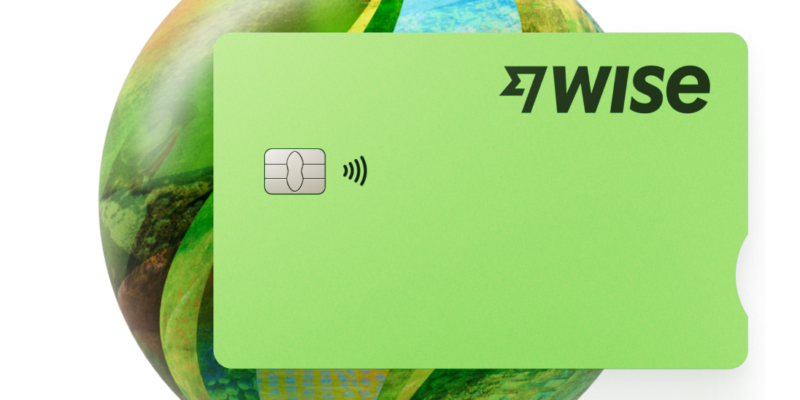In the age of digital transformation, data is at the heart of every business strategy. IBM Cloud Pak for Data stands out as a robust, modular data and AI platform designed to integrate, manage, and analyze data seamlessly across hybrid and multicloud environments. Here, we delve into its features, pricing, relevance for businesses of all sizes, its implications for web developers, and the value of participating in IBM programs.
What is IBM Cloud Pak for Data?
IBM Cloud Pak for Data is an integrated data and AI platform that provides a unified environment for collecting, organizing, and analyzing data. Built on Red Hat’s OpenShift container platform, it supports a hybrid cloud strategy, enabling businesses to connect data across on-premises and cloud environments without physically moving it. This capability makes it ideal for organizations aiming to implement data-driven decision-making while ensuring data privacy and compliance.
Core Features
- Data Fabric: Facilitates integration and governance of data across disparate sources.
- AI Integration: Supports the complete AI lifecycle, from model development to deployment.
- Built-in Governance: Ensures data security and compliance with privacy standards.
- Scalable Architecture: Offers a modular structure, allowing businesses to select and pay for only the features they need.
- Hybrid Multicloud Support: Operates seamlessly across multiple cloud providers, including IBM Cloud, AWS, and Microsoft Azure.
Pricing and Cost Considerations
Pricing for IBM Cloud Pak for Data is based on virtual processor cores (VPCs), with additional costs depending on deployment (self-hosted or managed service). It is a flexible, pay-as-you-go model, which can scale with business needs.
- Small Businesses: While traditionally targeted at large enterprises, IBM provides customizable options for smaller organizations through its a la carte services and free trials. This flexibility enables businesses to start small and scale as needed.
- Large Enterprises: Enterprises benefit from comprehensive data integration, governance, and AI capabilities that simplify complex workflows and reduce operational costs.
IBM emphasizes cost savings through productivity enhancements and reduced complexity. For instance, some reports suggest potential savings of up to $27 million in manual cataloging and 25-65% reduced ETL requests for data engineers.
Use Cases Across Industries
IBM Cloud Pak for Data’s versatility makes it valuable across industries:
- Financial Services: Real-time analytics for risk management and fraud detection.
- Retail: Personalized customer experiences through AI-driven insights.
- Healthcare: Streamlined data sharing while maintaining HIPAA compliance.
- Nonprofits: Leveraging AI for social impact.
Small Businesses vs. Large Enterprises
While IBM Cloud Pak for Data’s robust capabilities cater primarily to large enterprises, small businesses can also benefit if they face complex data challenges or aim to future-proof their operations. Key considerations include:
- Budget Constraints: Smaller firms may find the initial investment steep compared to simpler alternatives like Google Cloud’s BigQuery or AWS’s Redshift.
- Scalability: For growing businesses, IBM’s scalable architecture ensures that the platform evolves with their needs.
Relevance for Web Developers
IBM Cloud Pak for Data offers several opportunities for web developers:
- Data-Driven Applications: Developers can use its APIs and tools to create applications that leverage advanced analytics and AI capabilities.
- Custom Solutions: Its modular nature allows developers to tailor solutions specific to client needs, whether it’s data visualization or predictive analytics.
- Developer-Friendly Interfaces: Offers a range of interfaces, including code-based and no-code options, enabling collaboration across teams with varying technical expertise.
Participating in IBM Programs for Additional Benefits
IBM offers several programs that can enhance understanding and utilization of products like IBM Cloud Pak for Data, particularly for web developers and small businesses:
- IBM Champions: This program recognizes thought leaders in the IBM ecosystem, providing them with access to IBM platforms, community events, and technical resources. Becoming an IBM Champion can help web developers gain insights into IBM’s offerings and increase their professional visibility.
- IBM Business Partner Program: Joining this program offers businesses and developers access to IBM’s tools, co-marketing opportunities, and training resources, such as IBM TechXchange and free webinars. This is particularly valuable for small businesses looking to leverage IBM’s expertise and expand their market reach.
- IBM SkillsBuild: Developers can access free or reduced-cost training through this platform, learning critical skills for implementing solutions like Cloud Pak for Data. This learning pathway also includes certifications that enhance professional credibility.
By participating in these programs, web developers can:
- Gain early access to IBM technologies and updates.
- Participate in communities to exchange knowledge and solve challenges collaboratively.
- Access free or discounted educational resources to build expertise.
Conclusion
IBM Cloud Pak for Data is a powerful tool for businesses aiming to unlock the potential of their data. While its advanced capabilities make it a natural fit for large enterprises, small and medium-sized businesses with strategic data needs can also harness its potential. For web developers, it represents an opportunity to build innovative, data-centric applications that meet the demands of a data-driven world.
To maximize these benefits, consider joining IBM’s programs such as IBM Champions or the IBM Business Partner program. These initiatives offer invaluable resources, learning opportunities, and visibility, making IBM Cloud Pak for Data not just a tool but a gateway to broader professional growth.



















